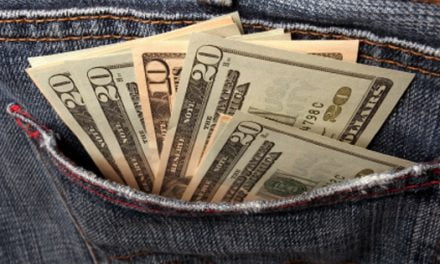The Federal Reserve (the Fed) recently announced a major policy shift, with implications for the housing market.
The Fed’s new plan has been in the works since 2018, when the Fed Chair announced the framework first adopted in 2012 would go under review.
The Fed’s goals are to maintain:
- stable prices;
- maximum employment; and
- moderate long-term interest rates.
However, the Fed acknowledges that its use of the federal funds rate to influence the economy has often left it at a zero lower-bound rate, which constrains its usefulness. So, the Fed also needs to turn to other tools to realize its goals.
Now, the Fed will focus on reaching and maintaining an average 2% annual inflation rate, a feat that has rarely been achieved over the past decade of recovery from the 2008 recession. Translation: after long periods of low inflation (such as during a recession), the Fed will allow inflation to creep above its 2% target to bring the average up to its 2% goal.
Even though a higher inflation rate will translate to more expensive goods and services, the Fed reasons that higher inflation will sustain a more robust economy and jobs market, employing more individuals and putting more dollars into consumers’ pockets to make up for higher prices.
To meet this inflation goal, the Fed will allow interest rates to run low for longer periods of time, stimulating investment and lending.
However, HousingWire points out that higher inflation means long-term investors will need to demand higher rates of return to make their investments worthwhile. When it comes to the bond market, that means higher interest rates, which may bump up mortgage interest rates, too.
Notably, the Fed Chair recently clarified that the Fed won’t begin enacting its new policy until the U.S. economy is at least somewhat recovered from the 2020 recession. For an estimate of how long this will take, the latest survey of Fed members has the federal funds rate locked in at zero through 2023. It will take at least until that date before jobs will begin a solid and consistent recovery from the historic losses experienced this year.
Related article:
A little more action, please
The Fed’s new policies are a fun thought experiment, but what changes will they actually bring?
The Fed Chair already admits the policy is not to be put into practice for several more years, when the economy is experiencing a vigorous recovery. Further, the Fed has undertaken to review its policies every five years, which gives them just two or so years to enact their new policy before it goes up for review.
Until then, and even after, the Fed cannot simply create inflation. What it can, and has, done as the “lender of last resort” is to ensure investors have an excess of money — but it can’t force them to lend or spend.
This is a problem, since you can’t make consumer inflation without getting money into the hands of consumers. The federal government did some of this work through its stimulus payments to individuals through the Coronavirus Aid, Relief, and Economic Security (CARES) Act. But these single payments of $1,200 per individual were a trivial amount compared to the permanent job losses, especially when considering the expiration of the additional unemployment benefits the CARES Act provided.
Without direct action to impact consumers, the Fed will find it difficult to push inflation beyond 2%.
What do the Fed’s new policies mean for housing?
As mentioned earlier, the impact will be mixed for interest rates. Over the next two-to-three years, mortgage interest rates will remain near their present low level. This will keep buyers and refinancers interested in the market, and will keep home prices somewhat buoyed in the short term. But since interest rates won’t go much lower without the Fed “going negative” — an action the Fed Chair has said they will not take — the impact on the market will be minimized the longer today’s low rates linger.
The housing market, and real estate professionals, will continue to suffer during this 2020 recession and the long recovery to come until jobs are restored, a process that will take years after the pandemic subsides.
Related article:














